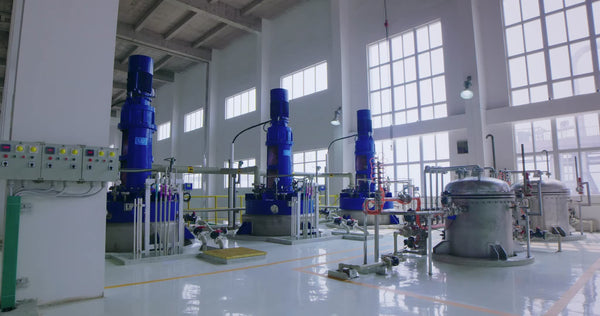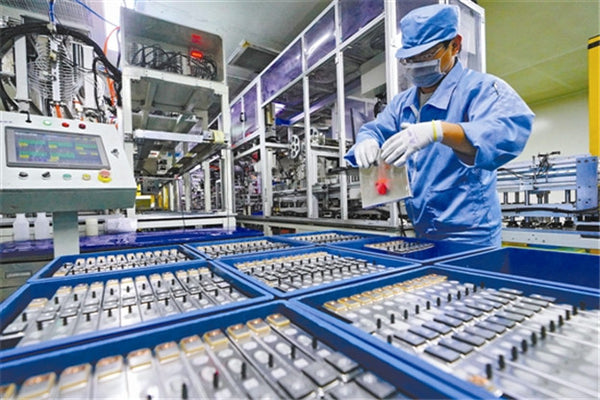Lithium-ion battery production process
The production process of lithium battery includes: batching, coating, filming (cutting, roll pressing), auxiliary material processing, core processing, spot welding and edge sealing, liquid injection, forming, air extraction, and volumetric inspection.
In the necessary steps of the above-mentioned lithium-ion battery production process, five aspects should be paid attention to from material selection to volumetric inspection after molding:
1. Improve the physical and chemical structure of the positive and negative active materials, which is the basic link of the lithium-ion battery production process:
1. Proper ion doping of the material, 2. Improve the particle size distribution of the active material, prevent the particle size distribution of the active material from being too wide, 3. Try to use materials with a disordered layered structure or a thin layer structure, 4. Improve the surface structure of electrode materials;

2. The high bonding strength of the electrode coating is conducive to reducing the cycle capacity decline rate. This is the most technical process in the production process of lithium-ion batteries. For this reason, attention should be paid to:
1. The binder and solvent forming the adhesive material should be pure, and the coated pole piece should not be stored for too long.
2. The ratio of the adhesive and active material used in the mixture of the positive and negative coating film should be appropriate to ensure that the powder does not fall off or take off after the coating;
3. Optimization of electrolyte composition, the requirement of electrolyte in lithium-ion battery production process is to maintain capacity and extend battery life:
1. Improve electrolyte conductivity and reduce polarization through optimization of lithium salt, solvents and additives. 2. Inhibit the reaction between the cathode material and electrolyte. 3. By controlling the appropriate specific surface area and coating the carbon anode material , Surface treatment such as film formation and surface chemical reaction to improve the surface structure of the negative electrode material;
4. After the preparation of battery materials is completed, the production process of lithium-ion batteries enters the assembly process. At this time, attention should be paid to:
1. The capacity of the negative electrode is slightly larger than the capacity of the positive electrode.
2. After the positive and negative electrodes and the diaphragm are laminated, the gap between the positive and negative electrodes and the diaphragm is not more than 0.5mm, and the upper and lower deviations are not more than 0.5mm.
5. In the case of sub-capacity testing, it is advisable to charge at a low rate in accordance with national standards, generally 0.2C.

In general, the following proportional relationship should be paid attention to in the process and manufacturing stage: the compaction density of the pole piece surface and the pole piece, the excess rate of the negative electrode, the formulation process, the amount of electrolyte and the positive and negative electrodes.
Each step of the lithium-ion battery production process has a different time. Generally, the ingredients, baking, and formation time are long, ranging from about 10 hours, and more than two days and two nights; other processes are relatively fast, on average 5, 6 Hours. The entire lithium-ion battery production process will take about 15 days.
JUNLEE Group is an integrated full power energy factory that specializes in Uninterruptible Power Supply (UPS), Lead-Acid Battery, Battery pack, EV battery, Energy Storage Battery, Energy storage power station, Power pack Gel battery, PV Inverter and Solar system.
Production capacity reach 200000 KVaH per month. Products apply to Electric vehicles,electric mobility, solar & wind energy storage system, UPS, backup power, telecommunication, medical equipment and lighting.
JUNLEE sets up "Power research center" with more High-tech products.More than 100 engineers provided in-time and efficient one-stop solutions.
They mission strives to bring green power to the world.
To learn more about Li-ion batteries, please refer to https://www.junleepower.com/

